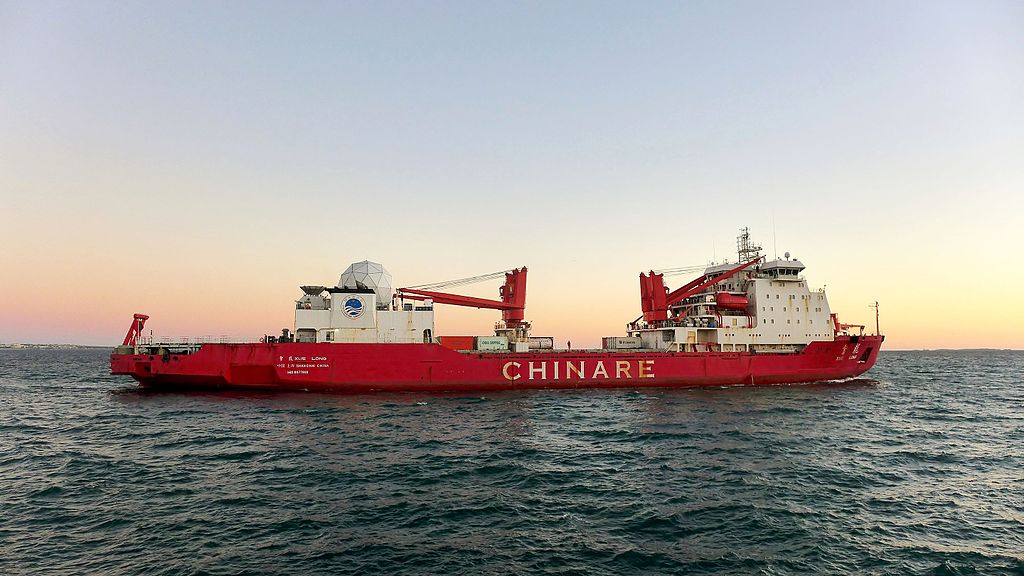China in the Arctic
*CAPS Paper*
China in the Arctic: Policies, Strategies, and Opportunities for Alaska
Liz Bowman, Center for Arctic Policy Studies, UAFDr. Qingchao Xu, Chinese Academy of SciencesPublished by the Center for Arctic Policy Studies, February 2020

The objective of this project is to describe China’s policy and positionality in the Arctic and discuss bilateral relationship opportunities and concerns between Alaska and China. As a non-Arctic state, China has limited capacity to impact regional decision making directly. Consequently, China has engaged different Arctic stakeholders in order to increase its participation and influence within northern regional affairs.
For Alaska and the U.S. public and private sectors, it is critical to understand the role that China plays in the Arctic region because, firstly, collaboration is a long-standing mode of operation in the Arctic where the environmental conditions, remoteness, and lack of infrastructure make joint initiatives common. Secondly, the warming of the Arctic and resulting changes in the global climate patterns creates teleconnections between the Arctic and China’s own annual weather cycles. Additionally the Earth's “Third Pole” - high frozen mountainous regions such as the Himalayas - is experiencing rapid melt and thaw similar to that of the North. Sharing best practices in researching change and adaptation makes sense. Lastly, in order for non-Arctic nations to operate effectively in the Arctic either in pursuit of commerce or science there is a degree of acculturation that must occur related to the organization of activities and their impacts on natural and social patterns in different places.
In other areas of the world, it has been noted that China’s strategic priorities sometimes overshadow the needs of its partners. This could be a detriment in any formal partnership in which Alaska engages, but it also creates an opportunity for Alaska and its research institutions to work with Chinese scientists to avoid misunderstandings and forge joint opportunities. In order to explain China’s role, a forthcoming CAPS paper describes the political development of China’s existing Arctic policy and tactics; it examines China’s specific interests in the Arctic, as well as its current engagement with Arctic institutions; and lastly it focuses in on the relationship between China and Alaska to provide suggestions for future collaboration.



